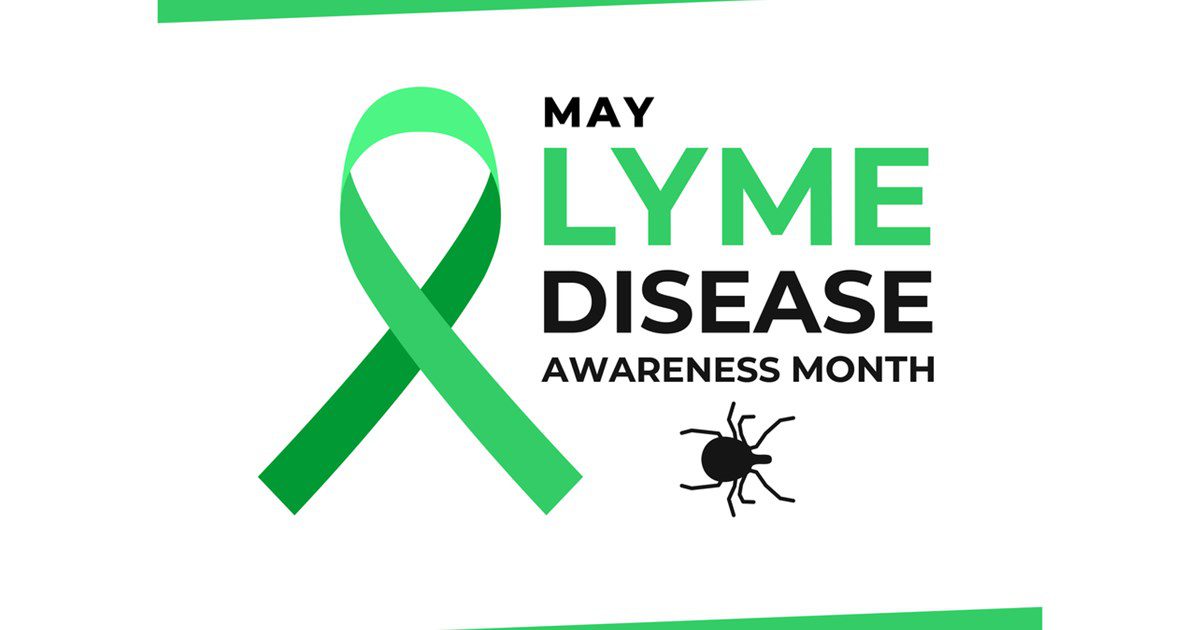Search by Color or Cause


May is Lyme Disease Awareness Month. For this reason, May is a chance to raise awareness and wear lime green to call attention to Lyme Disease. It is a chance for Lyme patients, activists and educators to spread information about how to prevent Lyme and tick-borne diseases. Wear a lime green awareness pin, ribbon or wristband for Lyme Disease Awareness Month. All lime green awareness products are available in both a personalized and non-personalized version. Communicate without saying a word with our engraved pins, debossed wristbands, and personalized fabric ribbons.
Lyme disease is a bacterial infection that is spread to humans by the bite of a deer tick (also called a black-legged tick) that carries the bacterium Borrelia burgdorferi. Lyme disease, in addition, is the most common tick-borne infectious disease in the United States. Infected ticks are usually found in the Northeast, Mid-Atlantic, and Upper Midwest and along the Pacific Coast. For example, most tick bites occurring in the eastern United States happen between spring and fall.
To pass along the infection, the tick usually must be attached for 36 to 48 hours or longer. Ticks can attach to any part of the body, especially in hard-to-see areas such as the groin, armpits, and scalp. This is why it’s important to check for ticks after being outdoors and carefully remove any ticks you find. In most cases, removing the tick quickly can reduce the chance of getting Lyme disease.
Common symptoms of Lyme disease include fever, headache, fatigue, and a red rash that sometimes looks like a bull’s eye. The Centers for Disease Control and Prevention (CDC) recommends contacting your health care provider if these symptoms develop and you have had a tick bite, live in an area known for Lyme disease, or have recently traveled to an area where Lyme disease occurs. A short course of antibiotics usually cures Lyme disease, although people with complicated cases need antibiotics for 3 to 4 weeks. If not properly treated with antibiotics, Lyme disease can cause a wide range of potentially serious symptoms. Some people can have symptoms of pain and fatigue that last months after completing a course of antibiotics. If you have been treated for Lyme disease but you still don’t feel well, consult your health care provider.
Steps to prevent Lyme disease include using Environmental Protection Agency-registered insect repellents, avoiding grassy and wooded areas, wearing a long-sleeved shirt and pants, checking for ticks after being outdoors, and removing ticks right away.
Possible cases of Lyme disease are reported to state and local health departments by health care providers and laboratories. State health departments classify cases according to standard criteria outlined in the Lyme disease case definition and report confirmed and probable cases to CDC. The extent of case investigations varies by state. Investigations are often dependent on available resources and staff time. Some states describe their surveillance methods in detail on their health department website.
Each year, approximately 30,000 cases of Lyme disease are reported to CDC by state health departments and the District of Columbia. However, this number does not reflect every case of Lyme disease that is diagnosed in the United States every year. Standard national surveillance is only one way that public health officials can track where a disease is occurring and with what frequency. Recent estimates using other methods suggest that approximately 476,000 people may get Lyme disease each year in the United States.
Black-legged ticks can spread germs that cause Lyme disease and several other tick-borne diseases. A person who has more than one tick-borne disease at a time is said to have a co-infection. The frequency of co-infections varies widely from place-to-place and over time.